Japanese tea ceremony
History
The Japanese tea ceremony, also known as the Way of Tea, is a Japanese cultural activity involving the ceremonial preparation and presentation of matcha (抹茶), powdered green tea. The ceremony dates back to the 9th century when tea was first introduced to Japan from China. The Japanese tea ceremony developed as a "transformative practice", and began to evolve its own aesthetic, in particular that of wabi. Wabi, meaning quiet or sober refinement, or subdued taste, "is characterized by humility, restraint, simplicity, naturalism, profundity, imperfection, and asymmetry [emphasize] simple, unadorned objects and architectural space, and [celebrate] the mellow beauty that time and care impart to materials."
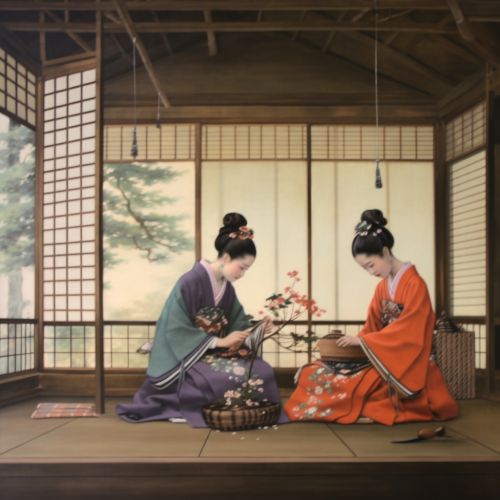

Elements of the Ceremony
The Japanese tea ceremony consists of many rituals that must be learned by heart. Almost every action from cleaning the utensils to the actual drinking of tea is prescribed. However, the whole process is not about drinking tea, but is about aesthetics, preparing a bowl of tea from one's heart. The host of the ceremony always considers the guests with every movement and gesture. Even the placement of the tea utensils is considered from the guests' viewpoint.
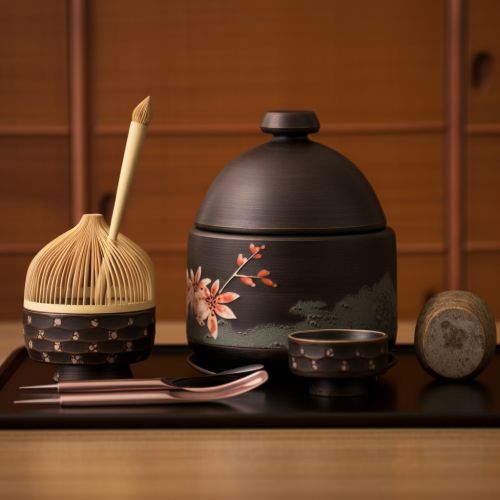
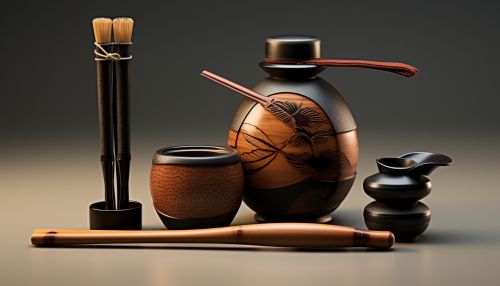
Tea Utensils
The tea utensils used in the Japanese tea ceremony are a crucial part of the ceremony. These include the tea caddy (chaire), the tea scoop (chashaku), the tea whisk (chasen), and the tea bowl (chawan). Each of these utensils has a specific role in the ceremony and is handled with grace and precision.
Tea Room
The tea room (chashitsu) is another essential element of the Japanese tea ceremony. It is a room specially designed for conducting the tea ceremony. The size, decoration, architecture, and even the direction the room faces are all carefully considered when designing a tea room. The tea room is usually small, providing an intimate setting for the host and guests. The room is typically adorned with a hanging scroll and a flower arrangement.
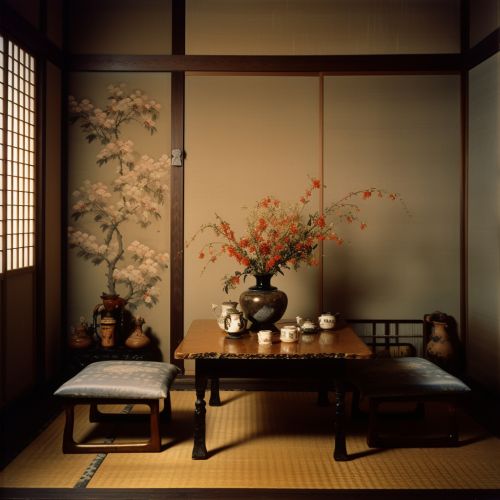
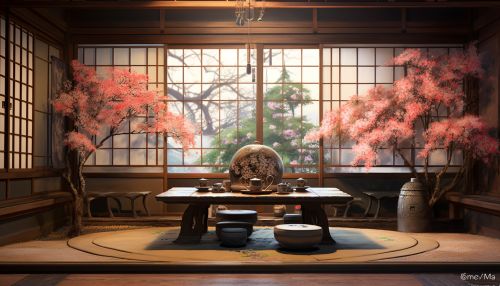
Styles of Tea Ceremony
There are several styles of tea ceremony that have developed over the centuries. The two main styles are the formal, meal-based kaiseki style, and the simpler, tea-focused chakai style.
Kaiseki
The kaiseki style of tea ceremony is a formal, multi-course meal followed by confections, thick tea, and thin tea. This style of tea ceremony is typically conducted in a tea room with a hearth built into the floor. The meal is prepared by the host and consists of a soup course, a sashimi course, a grilled dish, and a steamed dish, followed by pickles and a final rice course. After the meal, the guests are served confections and tea.
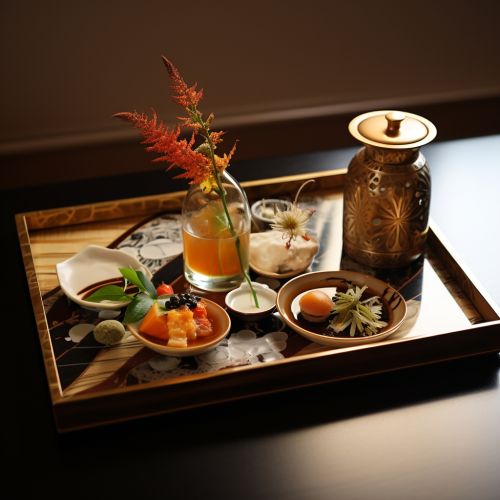
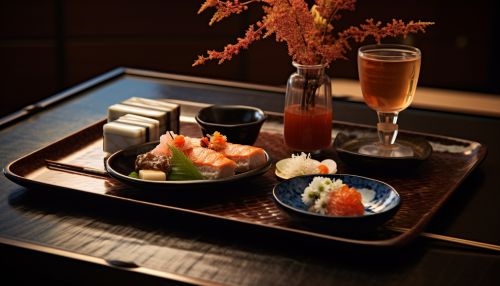
Chakai
The chakai style of tea ceremony is a simpler style that does not include a meal. It typically includes confections, thin tea, and perhaps a light meal. This style of tea ceremony can be conducted in a variety of settings, from a formal tea room to a casual outdoor setting.
Cultural Significance
The Japanese tea ceremony has deep cultural significance. It is not only a ritualistic preparation of tea but a spiritual experience that embodies the principles of harmony, respect, purity, and tranquility. It is a practice that requires years of study and practice to master, and it is considered one of the highest forms of Japanese art and culture.
